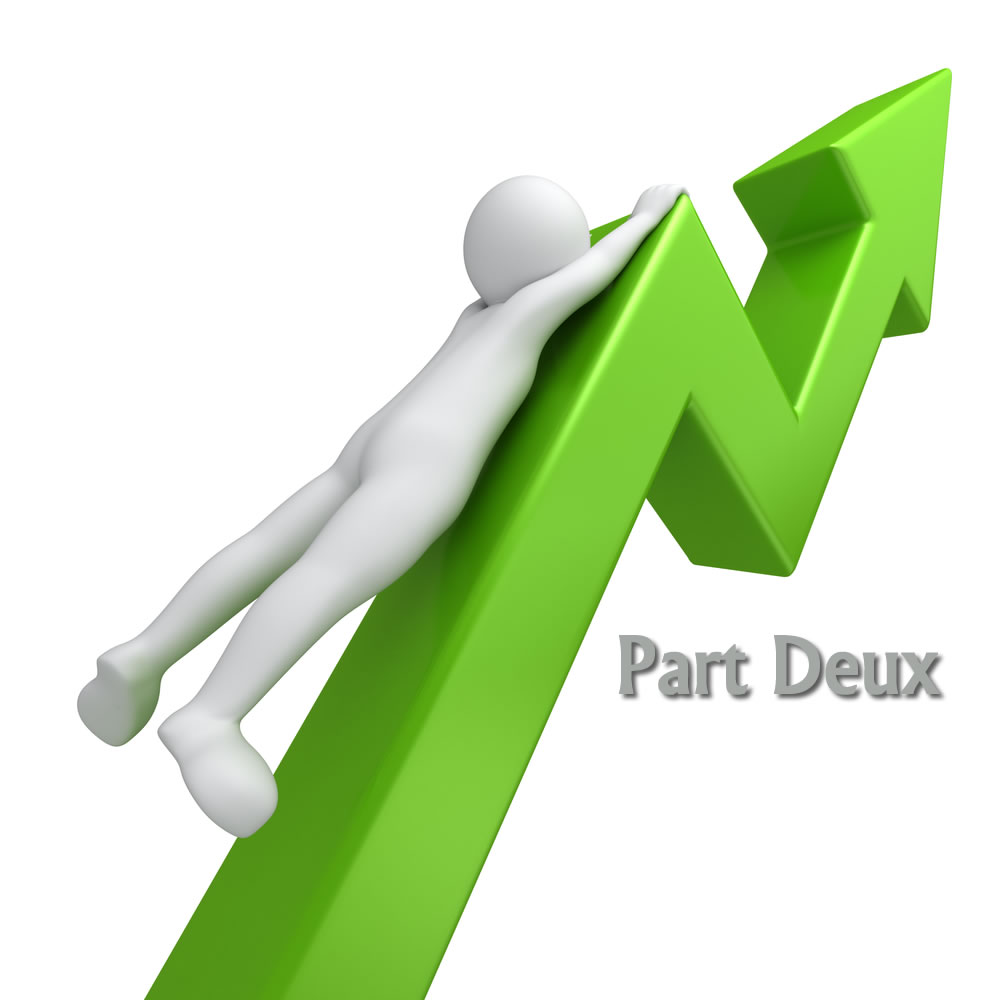Category: Cognitive Computing
-

3 Geeks and A Law Blog – The Geek in Review Ep. 128 – Joseph Raczynski – The Red and Blue Pill Matrix of AI and Emerging Legal Tech
This was a ton of fun! I had the chance to record this “holding Joe’s feet to the fire” 😉 conversation about the future of legal industry and where we all may be going with dynamic duo of Marlene Gebauer and Greg Lambert. Thanks to both of them for the opportunity to go down the rabbit hole of…
-

Podcast: The Hearing With Kevin Poulter & Joseph Raczynski – Future Legal
Episode 2 of THE HEARING is now live! In episode 2 of The Hearing Podcast Kevin Poulter speaks to futurist Joseph Raczynski on #legaltech #AI #blockchain and the future of the robot lawyer. Listen now and subscribe to #thehearingpodcast on: iTunes – https://tmsnrt.rs/2swyzmz Spotify – https://tmsnrt.rs/2kOOpVw SoundCloud – https://tmsnrt.rs/2Js4deI
-

MIT Legal Forum on AI & Blockchain Busts Open New Thinking
By Joseph Raczynski Massachusetts Institute of Technology’s Media Lab – Cambridge MA – October 2017 – In one of the more unique and unusual conferences I have participated, the inaugural MIT Legal Forum on AI & Blockchain was a meeting of 200 minds from across academia, law firm, and corporations big and small. It included IBM Watson as…
-

Understanding the Impact of Emerging Legal Tech: What is Here, What is Coming & What is Important?
This was originally posted in The Legal Executive Institute. By Joseph Raczynski Major credit for these events goes to the respective Field teams in Boston, New York, and Hartford as well as home office – Marketing – on pulling these off with aplomb! A special thanks to the Thomson Reuters Labs for their deep…
-

Emerging Technology in the Legal Industry (Video)
By Joseph Raczynski In this Vlog, learn about Emerging Technology in the Legal industry. I focus on the impact of the Trinity of Forces (Cloud, Infinite Processing Power and AI) on Emerging Technology in the Legal industry. The Emerging Technologies discussed are: Artificial Intelligence, Blockchain, Analytics, VR/MR/AR (Virtual Reality, Mixed Reality and Augmented Reality) and…
-

Legal Technology is “Thriving”: Richard Susskind Hosts the British Legal Technology Forum 2017
Originally posted on the Legal Executive Institute By Joseph Raczynski LONDON — The British Legal Technology Forum 2017, Europe’s largest event focused on legal technology, was held recently at the exquisite Old Billingsgate along the Thames River. The event showcased 55 speakers on five stages, with more than 1,400 in attendance. Event organizers use a…
-

Blockchain Podcast from the British Legal Technology Forum 2017
Legal Technology and Blockchain. How I anticipate this will impact the legal industry.
-

ILTACON 2016: Re-Imagining Legal Technology for the 21st Century
So reverberated the words of Mike Walsh a Futurist/CEO of Tomorrow, across an audience of more than 3,000 legal professionals at ILTACON 2016, a four-day conference that centers on the intersection of technology and the legal industry.
-

ILTACON 2016: Looking into the Future & Building the Exponential Law Firm
At ILTACON 2016, Rohit Talwar, CEO of Fast Future, spoke about the disruption in the legal industry occurring around us and more precisely which technologies will have the largest impact on law firms in the near future.
-

Law Firm of the Future – The Trinity of Forces: Infinite Processing Power, Memory, and Machine Learning
By Joseph Raczynski In ten years, it is predicted that 40% of the Fortune 500 companies will no longer exist1. This forecast originally cited in Fast Company is from a Babson Olin School of Business study. This notion is nearly incomprehensible, but may have a significant impact on the legal business. Why is this happening…
-

Exponential Growth—The Data Explosion and Resulting Challenges and Opportunities for Law Firms, Part 2
By Joseph Raczynski Over the course of the next several years I predict that many law firms will begin hiring data scientist. In my previous post Exponential Growth – The Data Explosion and Resulting Challenges and Opportunities for Law Firms, Part 1 I discussed how our current data explosion threatens experts at law firms but could…
-

Exponential Growth – The Data Explosion and Resulting Challenges and Opportunities for Law Firms, Part 1
By Joseph Raczynski We are currently living in the hockey stick portion of explosive data growth. That is, 90% of data humans amassed has been collected during the past two years. According to IBM Watson, this is gathering speed exponentially such that 2.5 billion gigabytes of new data is generated every day and the majority…
-

Stanford, Sights Set on Legal: Part 3 – School Projects Create Significant Companies
By Joseph Raczynski The Legal Lessons Learned from Stanford Series Stanford University is fully embracing the legal industry, a historically cautious mover, as a focal point of its innovative solutions. The industry is primed to evolve through more transformative processes by pairing inventive thought and applied technological advancement to solve niche legal process issues. Recently…
-

The Next Legal Era: Artificial Intelligence and Cognitive Computing
By Joseph Raczynski We are on the cusp of a new era in computer technology. What could possibly connect rapid automated legal decisions; systematized stack ranked medical diagnosis, and never created scrumptious food recipes? At the IBM Cloud Innovation Forum in Dana Point CA, Mike Rhodin SVP of IBM Watson connected the three with a…

